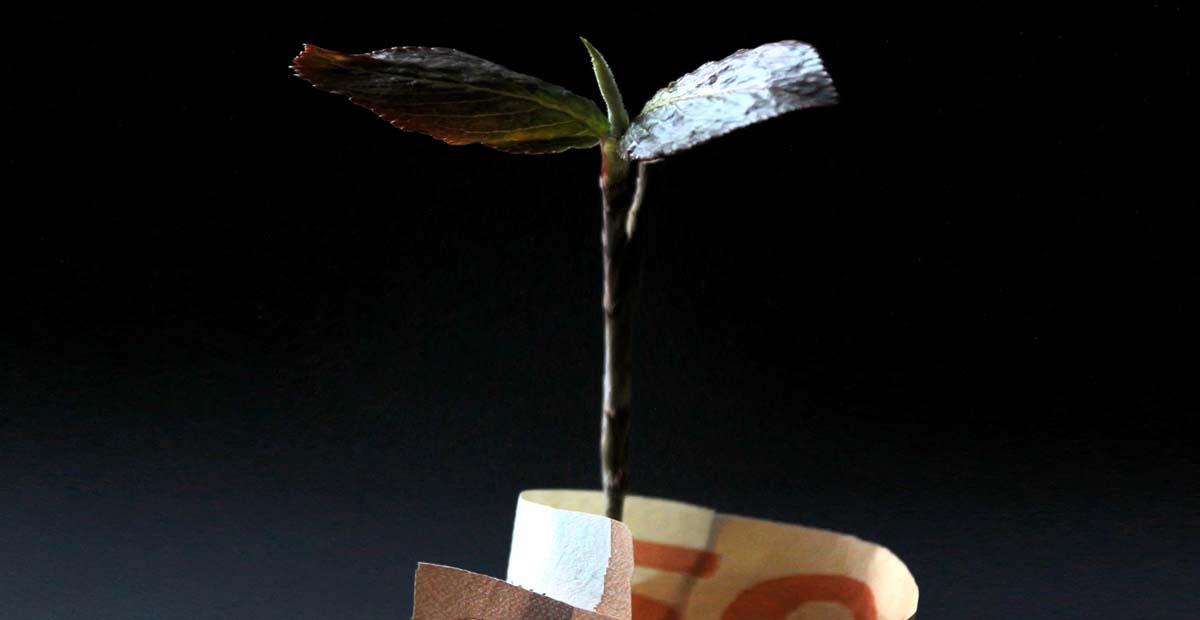Please fill out the details below to receive information on Blue Wealth Events
"*" indicates required fields

We are heading into the phase of the economic cycle where interest rates will dominate the headlines. It’s not that surprising perhaps since this is a macro turning point after more than a decade of interest rate falls. It’s kicked off a wall of worry about the uncertainty of the environment we’re entering.
One of the best ways to get clarity on anything is to move one level up to get some perspective. In trading the saying is “If in doubt, zoom out!”. One common mistake people make when forecasting the Australian economy is to look solely at local factors. The truth is globalisation has made us more exposed to the rest of the world than ever. This affects all aspects of our lives from the amount we pay at the bowser, building prices to what’s available on our supermarket shelves.
We’re currently in a strange situation of soaring inflation in the price of anything that needs to be transported… which is basically everything not in the digital economy. In response, many central banks have begun to raise interest rates to rein it in before it gets out of hand. Australia is no different with the RBA lifting cash rates 0.25%. This is the first rate rise we’ve seen in a decade and for many of the younger generation the first one they’ve seen in their working lives. There is generalised fear that we’re going to see big interest rate rises that will hurt property owners.
However, all of this is happening against the deflationary forces of a slowing global macro environment with both Chinese and American economies rapidly cooling off. America recorded negative GDP growth in Q1 2022 and is likely to be in a recession already. We will know for certain when the Q2 GDP numbers are released. If not, they almost certainly will be in 2022-23.
Over the course of 2022 $35 trillion has evaporated. This equates to 14% of global wealth destroyed. To put this in perspective there was an 18% decline in 2008 during the GFC. Although it hasn’t happened at the same pace as in 2008, what we’re witnessing is something approaching a 2008 level event.
When the data comes out it is unlikely that many central banks will continue raising rates in this environment. While an unpopular opinion now, the more likely outcome is that interest rates in Australia will rise by perhaps 1.5% over the course of 2022, then the RBA will run into global headwinds and be forced to resume cutting rates as both demand and inflation fall.
In terms of Australian property, 2022 is likely to see some consolidation after a brief period of manic price growth in 2021. If history is any indication 2023 to 2026 will see the second half (and the bulk of the price increases) in the east coast property market. For the time being it’s sometimes useful to remind ourselves of the words of the legendary investor and philanthropist Sir John Templeton.
“Bull markets are born on pessimism, grow on skepticism, mature on optimism, and die on euphoria.”
To me, it definitely feels like we’re closer to pessimism or skepticism than euphoria at the moment.
